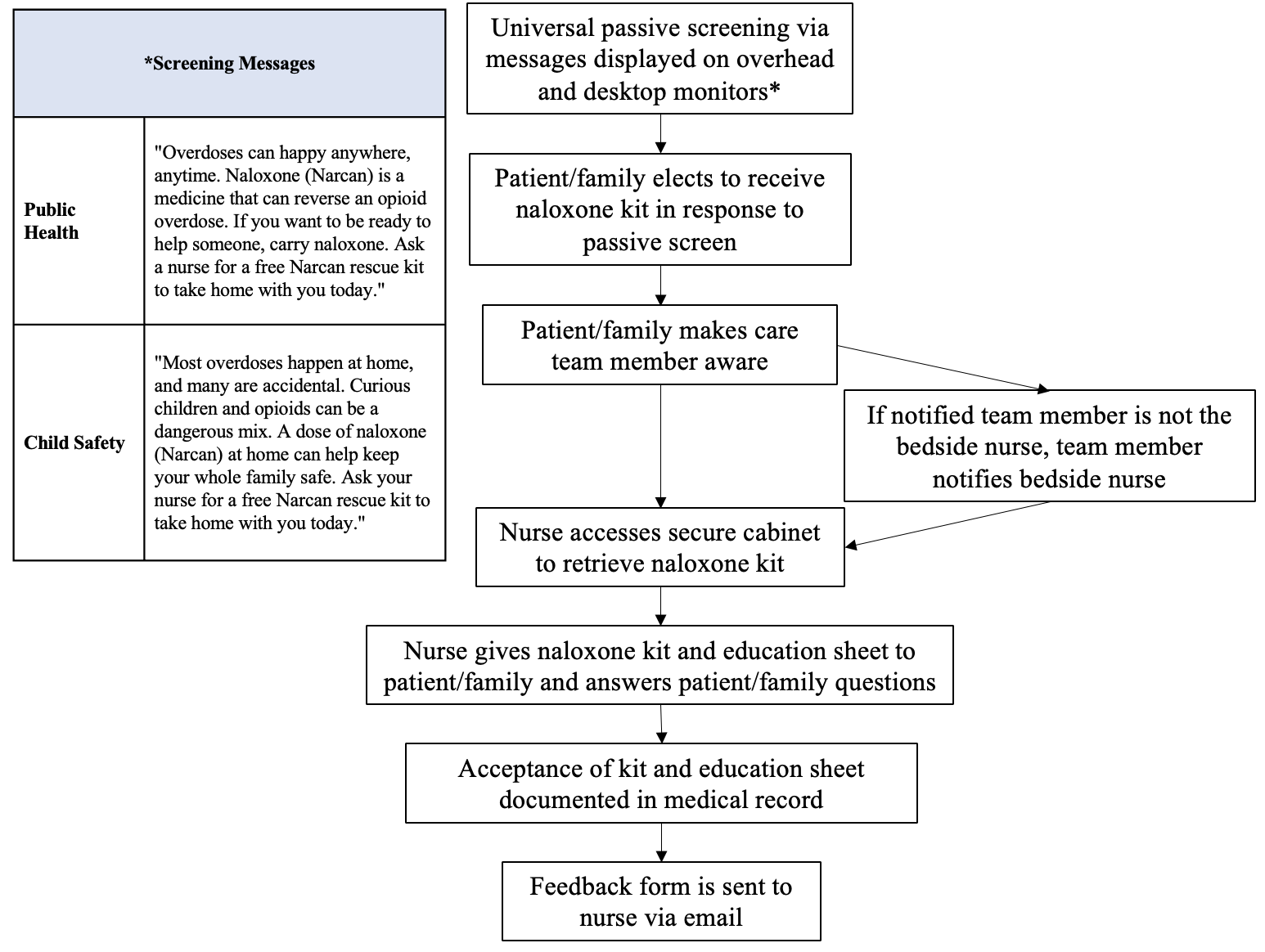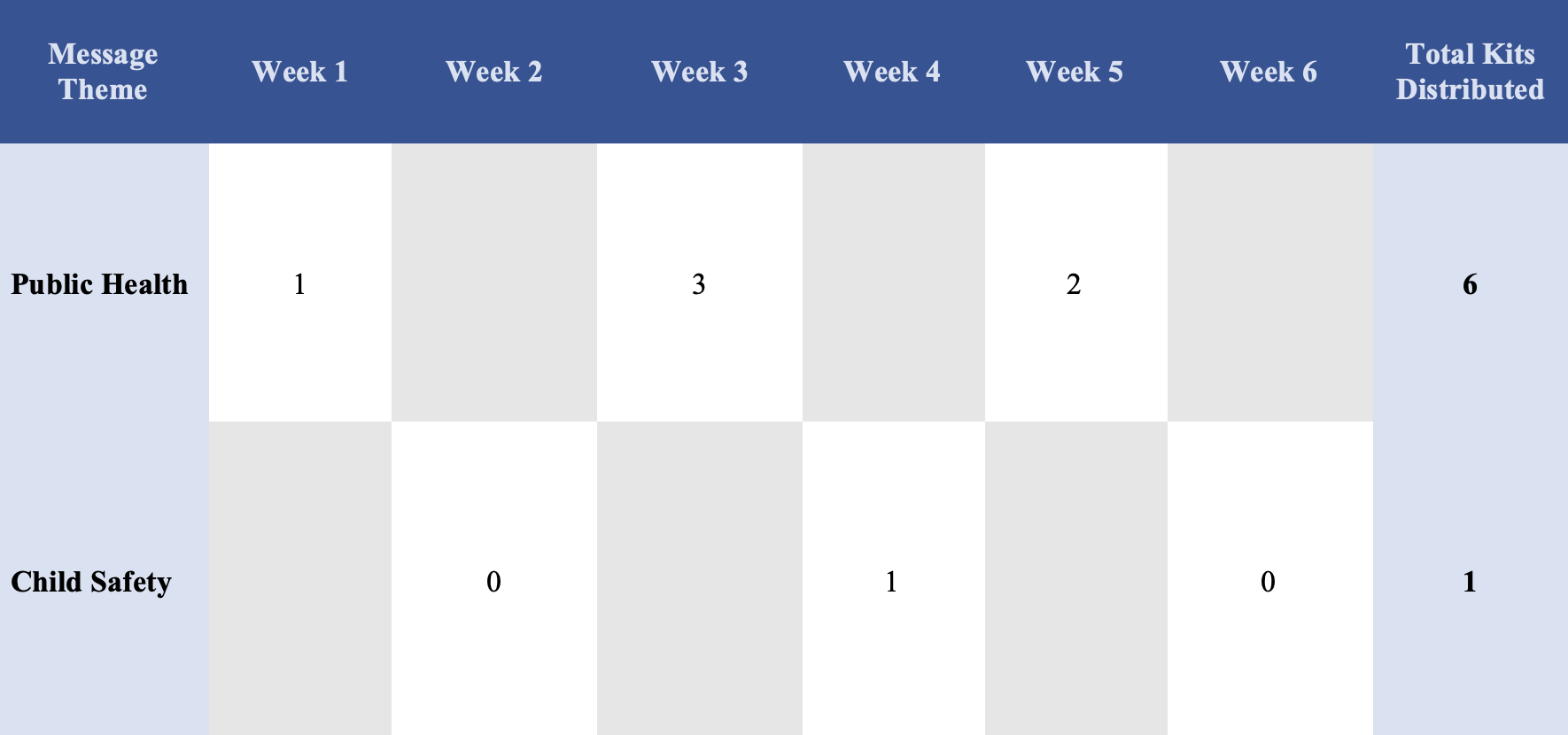Injury Prevention
Injury Prevention 2
323 - Take-Home Naloxone in the Pediatric Emergency Department Setting: Feasibility Demonstration
Publication Number: 323.42

Ava Hunt, MD
Resident Physician
Childrens Hospital of Philadelphia
Philadelphia, Pennsylvania, United States
Presenting Author(s)
Background: Naloxone has become a critical tool in the public health response to prevent overdose related deaths. Historically, p</span>ediatricians have been dedicated advocates for community and public health, as well as child safety and injury prevention. However, adaptation of naloxone safety messaging has not been routinely adopted in pediatric practice. It is imperative that integration of strategies to prevent harm related to the opioid epidemic, such as naloxone dispensation, are considered and implemented in pediatric settings.
Objective: To demonstrate the feasibility and acceptability of naloxone kit distribution and education in an urban pediatric emergency department setting.
Design/Methods: An interdisciplinary team including representatives from the pediatric emergency department (ED), institutional stakeholders in opioid response, quality improvement, pharmacy, and family relations generated a pilot process map for naloxone distribution in the ED using a quality improvement approach. Potentially motivating themes to support families’ interest in home naloxone were identified. Two content messages were generated; one emphasized public health benefit; the other emphasized child safety themes. Perceived acceptability was assessed by clinician feedback and the number of kits dispensed.
Results:
A p</span>rocess map was generated and implemented (Figure 1). Briefly, universal passive screening was conducted via large, digital message displays in the waiting area and via computer screensavers in individual ED exam rooms. Public health and child safety content messages were displayed for alternating weeks among an ongoing rotation of other unrelated informational messages. Family requests were directed to the bedside nurse. The bedside nurse retrieved the naloxone kit from a secure storage area within the ED, provided brief education to family, and then documented education within the medical record for tracking purposes. During the initial six-week pilot period in late fall 2022, seven naloxone kits were distributed, six during public health message weeks and one during child safety message weeks (Figure 2). All nurses who completed feedback forms agreed that the program was acceptable.
Conclusion(s): This pilot suggests that naloxone distribution in a pediatric ED setting is feasible and acceptable. While it is not possible to draw firm conclusions regarding the relative efficacy of the different motivating themes, initial signal suggests that a public health focus may be more effective in motivating family requests for naloxone from a pediatric ED setting. Continuous review and iteration of the pilot is ongoing.

